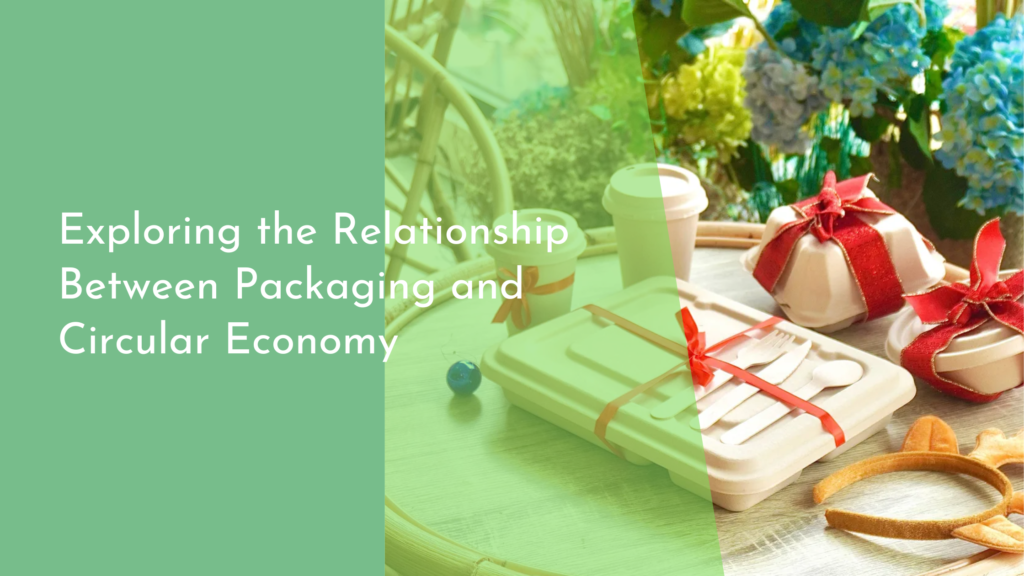Restoring Abandoned Mines as Subterranean Seed Banks
As the world grapples with the challenges of climate change and biodiversity loss, innovative solutions are emerging to address these pressing issues. One such solution is the transformation of abandoned mines into subterranean seed banks. These hidden havens can play a pivotal role in preserving plant diversity, providing a safe and stable environment for seeds that are crucial for future generations. In this article, we will explore how these repurposed spaces can contribute to biodiversity, the benefits they offer, the techniques involved in their restoration, and how you can support this exciting movement.
Transforming Abandoned Mines into Green Havens for Seeds
Abandoned mines, often viewed as relics of industrial exploitation, hold untapped potential for environmental restoration. By converting these desolate spaces into subterranean seed banks, we can breathe new life into areas that have suffered from ecological degradation. The natural insulation provided by the earth surrounding these mines creates a stable temperature and humidity level, making them ideal for seed storage. This transformation not only mitigates the environmental impact of mining but also repurposes these sites for a purpose that benefits the planet.
Moreover, these subterranean seed banks can serve as a refuge for endangered plant species that are increasingly threatened by habitat loss and climate change. By cultivating a diverse collection of seeds from various ecosystems, we can create a living library of genetic material that can be used for restoration projects and agricultural resilience. This innovative approach not only helps to preserve biodiversity but also fosters a deeper connection between communities and their natural heritage.
The Benefits of Subterranean Seed Banks for Biodiversity
Subterranean seed banks offer numerous benefits for biodiversity conservation. Firstly, they provide a controlled environment that protects seeds from extreme weather conditions, pests, and diseases, ensuring their viability over time. This is particularly important as climate change continues to create unpredictable environmental challenges. By safeguarding a wide variety of seeds, these banks can serve as a genetic reservoir, allowing for the restoration of ecosystems that have been disrupted by human activity or natural disasters.
Additionally, subterranean seed banks can foster collaboration among scientists, conservationists, and local communities. By engaging people in seed preservation efforts, we can promote awareness of the importance of biodiversity and encourage sustainable practices. This collaborative approach not only enhances the resilience of ecosystems but also empowers communities to take an active role in protecting their natural resources and heritage.
Innovative Techniques for Mine Restoration and Seed Storage
Restoring abandoned mines into subterranean seed banks involves a combination of innovative techniques and sustainable practices. One such technique is the use of bioremediation, which employs natural organisms to detoxify polluted environments. By introducing specific plants and microorganisms, we can gradually restore the soil quality and enhance the ecological health of these sites. This process not only prepares the mine for seed storage but also revitalizes the surrounding ecosystem.
In terms of seed storage, advanced technologies such as cryopreservation are being explored to extend the viability of seeds for decades or even centuries. This method involves freezing seeds at ultra-low temperatures, halting their metabolic processes and preventing degradation. By combining these innovative restoration techniques with cutting-edge storage methods, we can ensure that our precious plant diversity is preserved for future generations to enjoy and utilize.
Join the Movement: Supporting Sustainable Seed Preservation!
As individuals, we can all play a role in supporting the movement to restore abandoned mines as subterranean seed banks. One of the most impactful ways to get involved is by participating in local conservation efforts, such as seed-saving workshops or habitat restoration projects. By learning about native plants and their importance to local ecosystems, we can become advocates for biodiversity and contribute to sustainable practices in our communities.
Additionally, supporting organizations that focus on seed preservation and mine restoration can amplify our impact. Whether through donations, volunteering, or spreading awareness on social media, every action counts. Together, we can help ensure that the seeds of today are preserved for the generations of tomorrow, transforming abandoned spaces into thriving green havens for biodiversity.
The transformation of abandoned mines into subterranean seed banks is not just an innovative solution to environmental challenges; it is a hopeful vision for the future of our planet. By recognizing the potential of these forgotten spaces and supporting sustainable practices, we can actively participate in the preservation of biodiversity. Let us embrace this movement with enthusiasm and commitment, ensuring that the seeds we save today will flourish in the rich tapestry of life for years to come!

